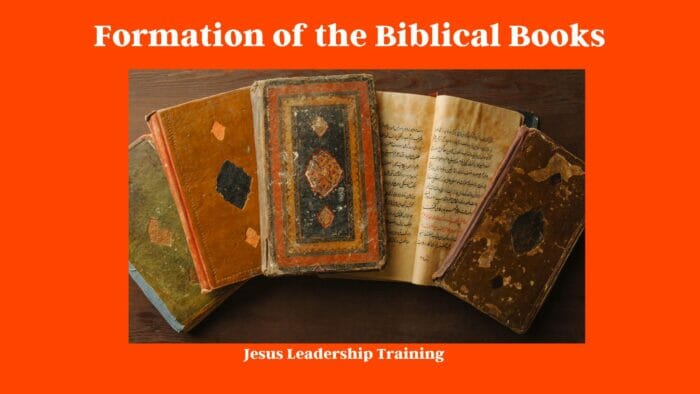Hey there! Ever found yourself musing over how the Bible came into being? This article is your key to understanding the painstaking process that shaped the Biblical books, known collectively as ‘The Canon’. So, hold onto your seats, folks. We’re about to embark on a journey through time and theology!
Table of Contents
The Canon: Understanding the Formation of the Biblical Books
The Bible didn’t just pop into existence one fine day. It’s the result of centuries of religious, historical, and cultural development. The formation of the Biblical books—aka, ‘The Canon’—was a slow and methodical process. Through consensus and occasional controversy, different books were deemed divine and included in what we now know as the Bible. The Canon’s formation is quite the tale of inspiration, dedication, and, of course, divine intervention.
Heading into History: The Old Testament
Its Genesis: The Torah
The first five books of the Bible—Genesis, Exodus, Leviticus, Numbers, Deuteronomy—are known as the Torah. Written over several centuries, they provide the religious and ethical foundations of Judaism, and by extension, Christianity.
Nebiim and Ketubim: The Prophets and the Writings
The Torah was followed by the Nebiim (Prophets) and Ketubim (Writings). These books offered moral guidance, religious insight, and historical records.

The New Testament: The Canon Continues
The Birth of Christ: The Gospels
The four Gospels—Matthew, Mark, Luke, and John—provide accounts of Jesus’s life and teachings. Their inclusion in The Canon was influenced by their widespread acceptance among early Christian communities.
Letters and Revelations: Paul’s Epistles and More
The New Testament also contains Epistles (letters) from Paul and other leaders to various Christian communities, along with the Book of Revelation. These documents contributed to the formulation of Christian doctrine.
The Canonization Process: How the Bible was Formed
Ancient Councils and Disputes
The formation of The Canon was not always smooth sailing. It involved rigorous debate among religious leaders during several councils.
Reformation and Revolution: Changing Tides
The Reformation period was a turning point in the canonization process. Debates raged about which books should be included in The Canon.

Frequently Asked Questions
- What does ‘Canon’ mean in the Bible?
The term ‘Canon’ refers to the officially accepted list of books in the Bible. - How was the Biblical Canon formed?
The Canon was formed over centuries through a process of religious consensus, scholarly debates, and historical factors. - Who decided on the Biblical Canon?
The Canon was established by early Church leaders through councils and consensus. - Are there differences in the Canon among different Christian denominations?
Yes, there are variations in the Canon among different Christian denominations due to historical and theological differences. - When was the Canon finally agreed upon?
The Canon as we know it today was largely agreed upon by the 4th century, although some books remained disputed for centuries afterward. - Why is understanding the formation of the Biblical Books important?
Understanding the formation of the Biblical Books helps us appreciate the Bible’s historical, cultural, and theological context, enhancing our interpretation and understanding.
The Canon’s Impact: Shaping Civilizations and Cultures
Influence on Literature and Art
The Bible’s impact on literature, art, and culture is immense. From classical literature to modern pop culture, Biblical themes are ever-present.

Moral and Ethical Implications
The Canon has profoundly influenced societal norms, moral values, and ethical standards across the globe.
The Canon: Understanding the Formation of the Biblical Books and You
Enriching Personal Faith
Understanding the formation of The Canon can deepen your faith, offering a more profound appreciation of your religious texts.
The Canon as a Historical Document
For historians and scholars, The Canon is a valuable resource providing insights into ancient cultures and societies.
Conclusion
Understanding “The Canon: Understanding the Formation of the Biblical Books” isn’t just an academic pursuit. It’s a journey that can enrich your faith, broaden your historical knowledge, and deepen your appreciation for one of humanity’s most influential texts. After all, the more you know about the Bible’s past, the better you can understand its present influence and future relevance.




